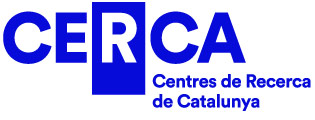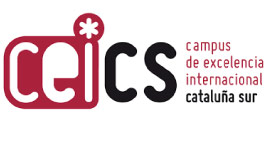On Tuesday, June 17th from 12 to 1 p.m., a new online seminar of the GIAP research group will take place.
Long before the rise of Venice in the Middle Ages, late prehistoric communities had already established complex settlement patterns across the lagoonal coasts and alluvial plain of the northern Adriatic region (northeastern Italy). Due to the absence of recent sedimentation across large portions of the plain, as well as extensive land reclamation in recent centuries, archaeological traces in this region often remain visible on the surface or accessible at shallow depths.
As a result, the long-term and intensive occupation of these areas has created intricate landscape palimpsests that can be effectively investigated and disentangled. This study employs a multiproxy, multi-scalar approach—combining remote sensing (notably LiDAR), geoarchaeological coring, palynological analyses, and GIS-based spatial analysis—to assess human impact over the past 7,000 years. These methods allow for the reconstruction of environmental and landscape changes in relation to shifts in settlement dynamics.
Drawing on new data from the Friuli plain, spanning from the upper plain to the Grado-Marano lagoonal fringes, this research zooms out to examine major landscape transformations from late prehistory to modern times. Two significant cycles of deforestation and agricultural intensification are identified during the Bronze Age and Roman periods, both corresponding to the development of extensive settlement systems and substantial modifications of the natural landscape.
The Roman pottery workshop at Chiamana, located in the lower Friuli plain, flanked by hundreds of rectangular clay extraction pits. These features are visible in LiDAR-derived imagery (southern area) and historical aerial photographs (northern area).
 Bionote: Giacomo Vinci is a Junior Assistant Professor (RTD-A) in the Department of Geosciences at the University of Padova and a Visiting Fellow at Newcastle University (UK). His research focuses on landscape archaeology, with particular emphasis on reconstructing human-environment interactions during late prehistoric periods. His work explores paleo-environments, settlement patterns, economic strategies, and community responses to landscape change.
Bionote: Giacomo Vinci is a Junior Assistant Professor (RTD-A) in the Department of Geosciences at the University of Padova and a Visiting Fellow at Newcastle University (UK). His research focuses on landscape archaeology, with particular emphasis on reconstructing human-environment interactions during late prehistoric periods. His work explores paleo-environments, settlement patterns, economic strategies, and community responses to landscape change.
Vinci employs a multidisciplinary methodological approach, integrating remote sensing, geoarchaeological fieldwork, GIS-based spatial analysis, and vegetation history through palynology.
He earned an MSc in Archaeology and Cultures of the Ancient World (with honors) from the University of Bologna in 2011, after completing an undergraduate exchange at University College London (UCL) in 2010. He received a PhD in Archaeology from the University of Udine in 2015, with a dissertation on the late prehistoric landscape of the Friulian plain. During his doctoral studies, he was a visiting scholar at the Department of Archaeology and the Palaeoenvironmental Laboratory (PLUS) at the University of Southampton (2013).
From 2016 to 2022, Vinci held postdoctoral research appointments at the International Centre for Theoretical Physics (ICTP) and the Universities of Trieste and Siena. During this period, he participated in and co-directed numerous archaeological field projects in Italy and abroad, including in Oman, Iraq, and across the northern Adriatic. He also worked as a professional archaeologist and consultant for international heritage institutions, contributing to high-profile projects such as the UNESCO-listed Bronze Age tower of Al-Khutm (Oman), the Neolithic pile-dwelling site of Palù di Livenza, and the Roman forts of San Rocco and Grociana Piccola near Trieste.
Most recently, Vinci served as Principal Investigator of the EU Seal of Excellence–funded project LINxS – LIviNg by the Sea: human-environment interactions in the North Mediterranean coastlands during Late Prehistory, under the supervision of Prof. Alessandro Fontana. This project examines how late prehistoric communities adapted to significant environmental transformations, using geomorphological analysis, stratigraphic coring, non-invasive survey techniques, and paleoecological reconstruction. Fieldwork is ongoing at sites across the Friulian plain, the Gorizia Karst, Dalmatia, and, more recently, the minor islands of Sicily.
To date, Vinci has co-authored more than 20 peer-reviewed articles and 16 book chapters. He is also co-editor of the special issue Under-canopy Airborne LiDAR for Archaeological Prospections in the Wooded Mediterranean Environment: Challenges, Best Practices, and Future Prospects (2025).





